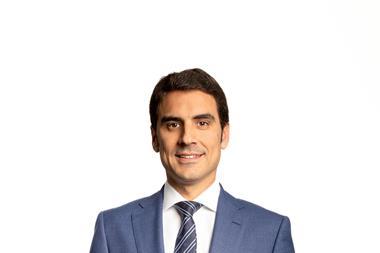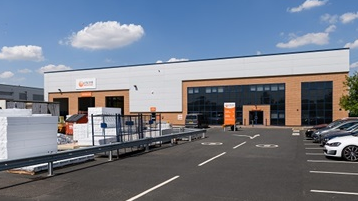GERMANY - Institutional investors in Germany will more than double their exposure to infrastructure investments over the next three years, according to a study by Commerz Real and Steinbeis University.
A survey by 128 senior executives at insurance companies, pension funds, financial firms, banks, foundations and clerical institutions found that average exposure was likely to rise from 0.7% to 1.6%.
The main driver for infrastructure investment was diversification of the overall portfolio, with 95.2% of respondents citing this.
Other reasons included stable cash flows (91.7%), stability of value (90.5%) and long-term predictability of cash flows and earnings (84.5%).
As to niche segments, the most frequent investments at the moment include alternative energy (42.3%), ports (13.5%) and airports (11.5%), while regional preferences include the UK (27.9%), Western Europe excluding Germany and the UK (18.6%) and Germany (14%).
The study found that investors see the current range of available investment opportunities as modest, with the greatest supply in the segments power, energy generation and gas.
Approximately half of investors see the biggest potential in the areas of power, gas and water, while less potential is associated with tunnels, wireless networks and bridges.
The report reveals a lack of expertise on the asset class among investors, with only 15% claiming excellent or good knowledge, and 22% admitting their knowledge was insufficient.
Erich Seeger, member of the board at Commerz Real, said: "The survey clearly highlights the high catch-up need of the market in the infrastructure segment. This asset class will have a chance to establish itself as soon as a sufficiently large range of investment is available."
The survey also asked investors about the real estate market and found that core real estate with stable cash flows was the preferred type of investment.
More than 60% of respondents said the significance of environmentally sustainable buildings in their portfolios would rise.












